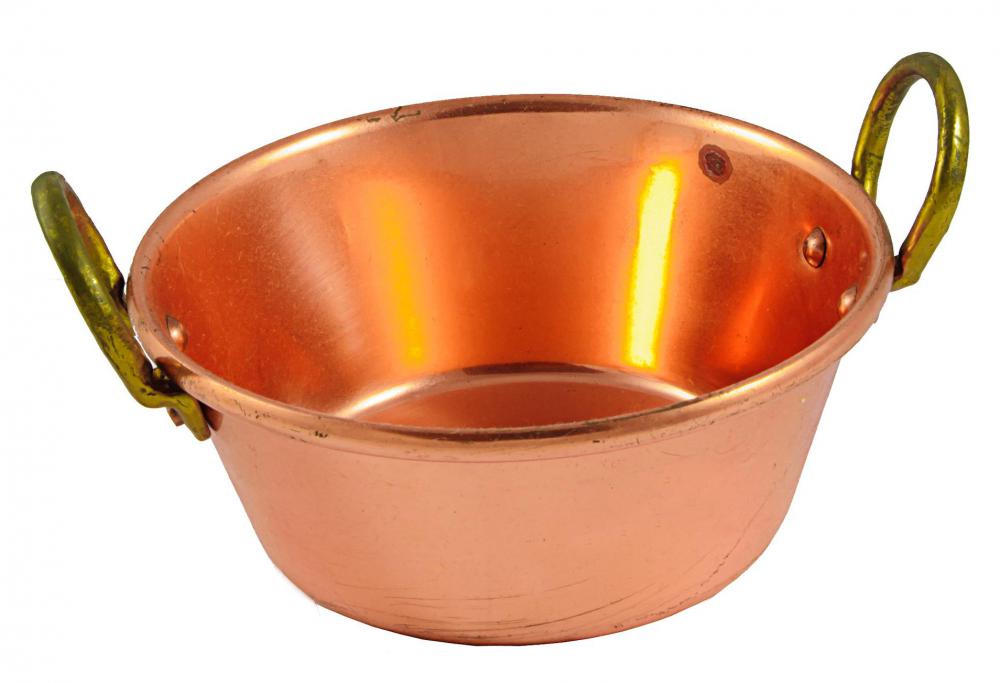At HomeQuestionsAnswered, we're committed to delivering accurate, trustworthy information. Our expert-authored content is rigorously fact-checked and sourced from credible authorities. Discover how we uphold the highest standards in providing you with reliable knowledge.
What is the Best Way to Clean Copper?
Copper may be tough, but it's also temperamental and changeable. The greenish verdigris patina that looks so distinguished on a copper roof or statue may not seem as attractive on the copper bottom of a pot. Or that same pot that is impervious to water may react with the oxygen in the air and turn a dark-brown hue that leaves the familiar copper shine only a memory.
To clean copper, however, it isn't necessary to go as far as the hardware store. Most of the supplies to do the job can be found in your pantry, and what sound like folk remedies often turn out to be quite effective. Ketchup, lemon, vinegar, and salt? All come highly recommended as agents to clean copper, when used in the right way.
The three culprits that cause copper tarnishing are cupric sulfide, copper sulfate and copper chloride. All are susceptible to the action of acid influences, especially mild household acids. To clean copper, think vinegar, or lemon juice.

Of course, because this metal has so many practical applications, there are a multitude of ways to clean copper on a large scale. On the industrial level, it is one of the metals that lends itself to ultrasound cleaning devices. There are also a number of strong commercial cleaners that copper can tolerate.
Closer to home, it's important to remember that copper or brass utensils are often coated with a clear lacquer. If the item is intended for decorative use only, that is a plus, because the lacquer is designed to resist tarnishing. If the item is to be used for cooking, or will come into contact with hot water, however, the lacquer should be removed. That can be accomplished by immersing the item in a solution of boiling water and baking soda.

To clean copper once the lacquer is removed, the application of a paste consisting of flour, salt and lemon juice or vinegar can be quite effective. Even ketchup, when smeared on a copper utensil, will remove tarnish, thanks to the vinegar in its makeup. Rochelle salt (potassium sodium tartrate) is another possibility when combined with caustic soda, while white vinegar and salt is a means of restoring the shine to copper pennies dulled over time.
AS FEATURED ON:
AS FEATURED ON:















Discussion Comments
This is an amazing tip: Flour, salt and vinegar. I just finished cleaning a copper fire pot 40" in diameter that had been sitting in our back yard untouched for nearly 10 years in two hours without rubbing. And I know it can be done faster with what I've learned.
I tried the paste with rubbing, thinking it could take me days; then I noticed that areas where the paste had sat untouched left the copper brighter than where I rubbed. At that point, I simply painted the paste on, watched Jay Leno's monologue, and cleaned off the paste to find the gloppy black and green replaced by copper color. It needs just a final shine, either with Brasso or more of your recipe.
Thanks! Can't wait to show it to my wife, who decided it needed cleaning.
Post your comments